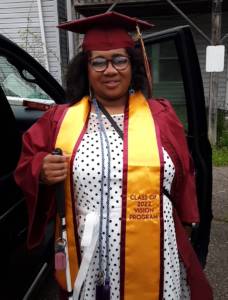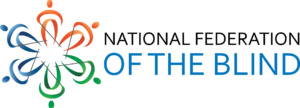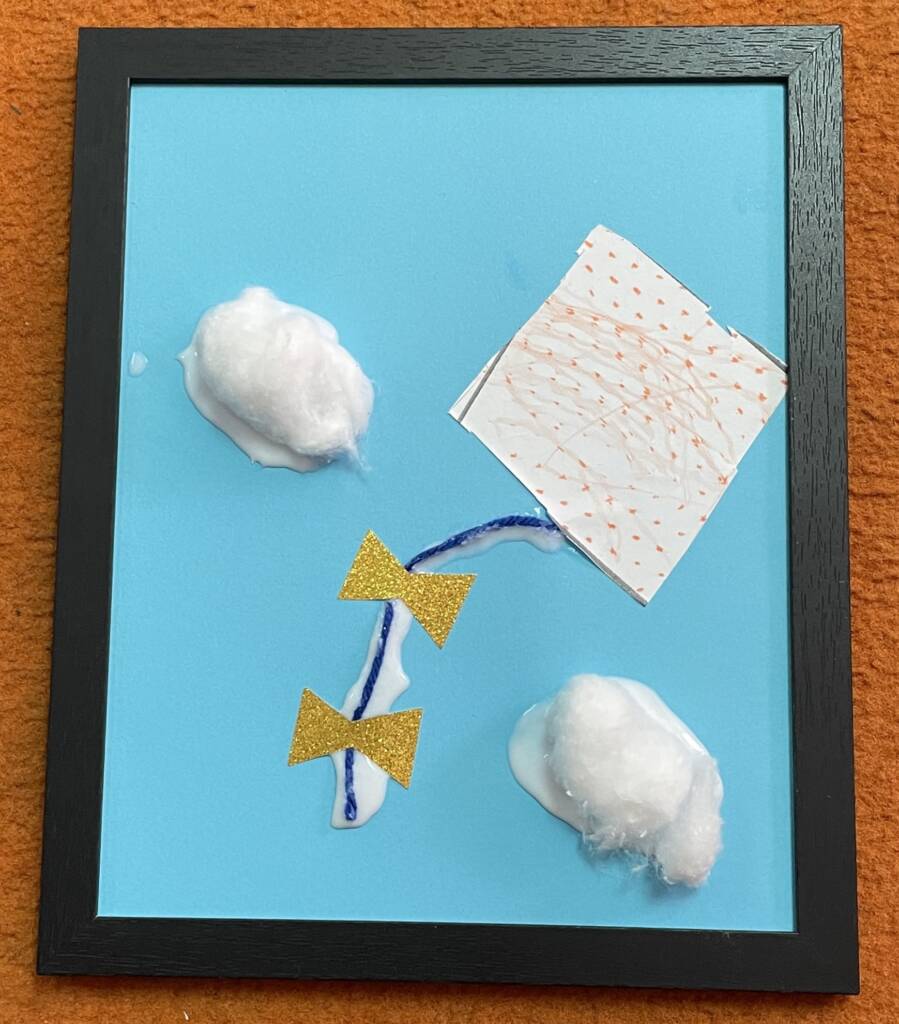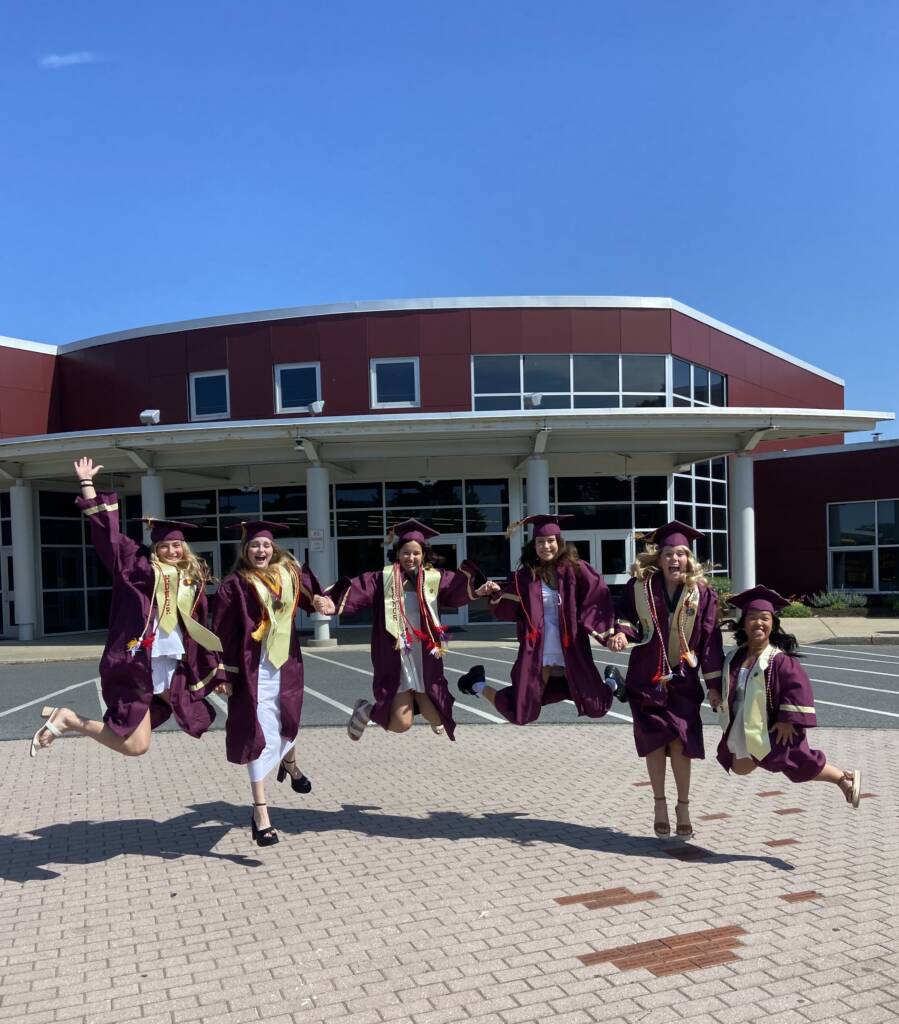After ending my chapter of being in college for seven years and graduating from Kutztown University with Magna Cum Laude Honors, I am currently focused on getting certified as a braille materials specialist through the National Federation of the Blind. My goal is to make materials accessible for students with visual impairments in school and other places of business for the visually impaired in general. I also plan to teach braille to children who are blind or visually impaired.

About the National Federation of the Blind Transcription Certification Program:
Literary Braille Transcribing
Under a contract with the National Library Service for the Blind and Print Disabled, Library of Congress, the National Federation of the Blind offers a course in literary braille transcribing to teach students to transcribe print materials into braille.
Students receive a Library of Congress certificate in literary braille transcribing upon successful completion of the course. This certificate qualifies the recipient to transcribe general literary materials and is a prerequisite for other transcribing and proofreading courses. New transcribers are encouraged to gain experience with braille formats for textbooks and technical materials by working with local transcribing groups. After six months experience, a literary braille transcriber may enroll in a course in mathematics braille transcribing, music braille transcribing, or proofreading. A background in math is helpful in transcribing mathematics. In-depth knowledge of print music is a prerequisite for the course in music braille transcribing.
There is no tuition charge. Necessary instructional materials may be downloaded for free from the NFB. Materials include the course instruction manual, a copy of The Rules of Unified English Braille Second Edition 2013, and drills reproduced in braille. These materials can also be provided in hard copy upon request. Students who withdraw from the course are required to return any hard copy materials.

Eligibility
- United States citizenship or residency
- High school diploma or equivalent
Equipment Required
- A manual braillewriter or a computer with a six-key direct input software program (translation software may NOT be used; information about computer programs)
- Use of a forty-cell slate is permissible
Some sources of manual braillewriters and slates include the NFB Independence Market, the American Printing House for the Blind, and Howe Press. Some sources of braille paper (11 by 11 ½ inches, for those not submitting exercises via email) include the NFB Independence Market, the American Printing House for the Blind, Howe Press, and American Thermoform.
How the Course Works
Instructional materials are downloaded from the NFB. Students can take the course through a locally sponsored braille class or through correspondence from the NFB. Local classes are conducted by experienced transcribers who hold Library of Congress certification in literary braille. Often local sponsors of braille classes provide writing equipment and paper. For information about local groups that sponsor braille classes, consult the Library of Congress directory Directory of Producers of Accessible Reading Materials or call NLS at 800-424-8567.
The course includes lessons covering the braille alphabet, braille contractions, and rules for writing braille. Lessons describe the elements of the braille system, give examples, and provide practice drills. At the end of each lesson is an exercise with sentences or short passages testing comprehension and reviewing concepts and rules from earlier lessons. These exercises will be evaluated by local class instructors or, if studying by correspondence, by the National Federation of the Blind.
Exercises may be submitted in either hard-copy braille or electronic format. The trial manuscript must be submitted in hard-copy braille. Thermoform copies are not acceptable. Computer programs using six-key direct entry may be used in preparing the manuscript.
Instructors will prepare written reports pointing out any errors and citing sections of the instruction manual that should be studied again. If, in the judgment of the instructor, there are too many errors, students will be asked to resubmit the exercise. Students are given three chances to submit an acceptable exercise.
Certification Test
The final exercise of the course is a transcription of thirty-five braille pages of material, chosen by the students, usually a portion of a book. Students who prepare manuscripts using a computer must separate and collate the pages. Whether studying with a local class or taking the course by correspondence, students will submit the final manuscript along with the print text to the NFB for scoring the manuscript. Candidates scoring eighty points or above will receive the Library of Congress certificate in literary braille transcribing. Students have three opportunities to submit an acceptable trial manuscript.
Students are encouraged to submit exercises on a regular basis (at least monthly) and must submit only one lesson at a time. Students names will be removed from the program’s active file if they are not heard from for three months. The course takes approximately nine to twelve months to complete, including the trial manuscript.
How to Enroll
Applicants can enroll in the course in two ways.
Complete application online.
Or mail a complete print application (Word doc) to:
National Federation of the Blind
Braille Certification Training Program
200 East Wells Street at Jernigan Place
Baltimore, MD 21230
Whether intending to take the course with a local teacher or through correspondence, prospective students must submit this application form before the course begins.
Instructional Manuals
Necessary instructional materials include the course instruction manual, a copy of The Rules of Unified English Braille, Second Edition 2013, and drills reproduced in braille. These manuals are available for download and hard copy formats are available to students upon request. Students who withdraw from the course are required to return the hard copy materials.
Studying Braille in the Program
I like this program because it’s free, I can study at my own pace, and I can enlarge the materials on my iPad to copy the drills in braille on the braille writer. Like The Hadley Program, National Federation of the Blind only allows the student to submit only one assignment once a month. This is very convenient because I could spend more time on a lesson before I have to begin the next. This will help me get better in my braille skills with reading and writing.
What Do I Plan To Do After I Get My Certification?
After I receive my braille certification, my plan is to work remotely with the Iowa Department for the Blind to transcribe or a school to make materials accessible for students with visual impairment. I do plan to one day work at the Florida School for the Deaf and Blind as a braille educator where I went to school when I am ready. I hope I could use my bachelor’s degree as a teacher for students with a visual impairment and my braille certification to serve my blind community!




